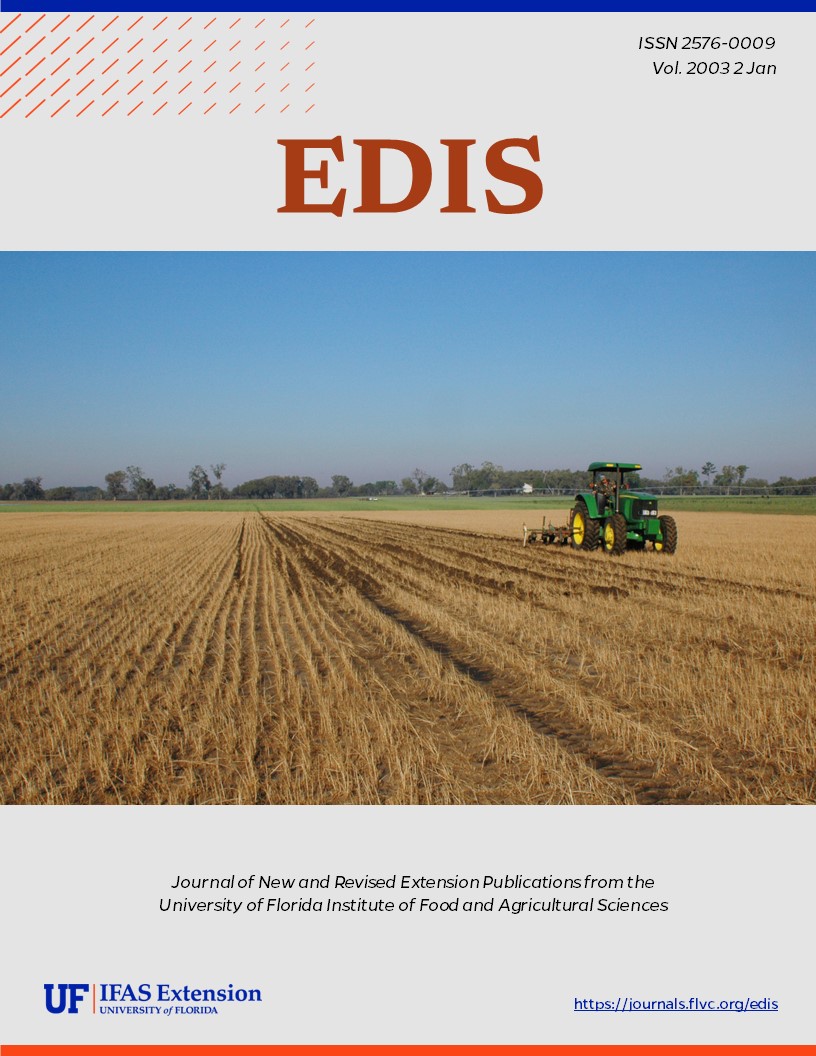Abstract
This is EDIS document FE361, a publication of the Department of Food and Resource Economics, Florida Cooperative Extension Service, Institute of Food and Agricultural Sciences, University of Florida, Gainesville, FL. Published October 2002.
https://edis.ifas.ufl.edu/fe361
References
Elovaara, Arnold K. 2001. Shrimp farming manual. Practical technology for intensive commercial shrimp production. http://www.aquaculture.cx [visited on September 10, 2002].
Florida Agricultural Statistics Service. June 2002. Aquaculture. http://www.nass.usda.gov/fl.
Florida International Shrimp Harvesters. 2002. Shrimp farming. Future of the industry. http://www.shrimpfarm.net/index.html [visited on September 2, 2002].
López, Mayra, Charles Adams, James C. Cato, and Donald Sweat. 2002. Cost and returns budgets for an intensive zero water-exchange shrimp culture demonstration project in Nicaragua, 2001. Florida Sea Grant College Program, University of Florida, Gainesville, FL.
Rosenberry, Bob. 2002. Personal interview. Editor/Publisher of Shrimp News International. October 3, 2002.
Unless otherwise specified, articles published in the EDIS journal after January 1, 2024 are licensed under a Creative Commons Attribution-NonCommercial-NoDerivs 4.0 International (CC BY-NC-ND 4.0) license.

